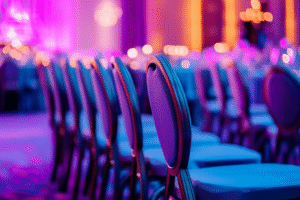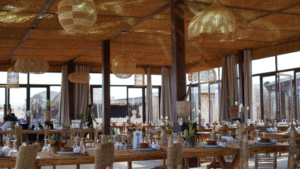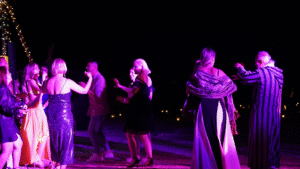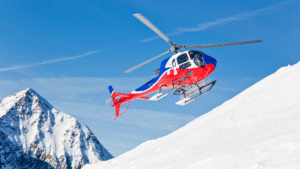A memorable event is never the result of chance. It is the outcome of a story carefully crafted from start to finish, where every detail—from the venue to transitions, from keynotes to breaks—serves a message and sparks an emotion. Here is Miceland Events’ method for designing experiences that leave a lasting impression.
1) Clarify the Message and Audience
- Core message: What is the one idea participants should remember in a single sentence?
- Personas: expectations, pain points, expertise level, languages.
- SMART objectives: awareness, engagement, leads, aligned with KPIs (attendance rate, NPS, qualified leads).
2) Build the Narrative Arc (Before / During / After)
- Before: teaser, visual agenda, mini-survey to co-create content, digital welcome kit.
- During: dynamic alternation between inspiration (keynotes), interaction (workshops), and breathing time (breaks).
- After: replays, “1 idea = 1 slide” summaries, instant feedback survey, personalized call-to-action.
- Useful framework – 5D: Define (objectives) → Design (concept & venue) → Dramaturgy (rhythm & emotions) → Deliver (execution) → Debrief (ROI & follow-up).
3) Design Immersion (Engaging the 5 Senses)
- Staging: choreograph entrances/exits, light & sound mapping, subtle branding (avoid logo overload).
- Sound & voice: short jingles, auditory transitions announcing program “acts.”
- Visuals: clean visuals, consistent brand identity, secondary screens to enhance immersion.
- Taste & smell: themed breaks (local signature, healthy, eco-friendly).
- Touch & space: modular furniture, lounge areas for networking.
4) Orchestrate Key Moments
- Keynotes: 18–25 minutes, one message = one story, one fact = one visual proof.
- Workshops: 35–50 minutes, clear instructions, concrete deliverable (canvas, mindmap).
- Inspiring breaks: micro-demos, “try & learn” corners, local cultural capsules.
- Signature moments: scripted opening/closing (voice-over, reveal, short motion design).
5) Smooth the Pace and Transitions
- Alternate high energy ↔ low energy (keynote ↔ workshop ↔ break).
- Scripted transitions: MC + signage + jingle = move 200 people in 60 seconds without friction.
- Plan B: weather, AV failure, speaker replacement (backup script ready).
6) Integrate Interaction & Useful Tech
- Live polling & Q&A to capture expectations and adapt in real time.
- Light gamification (team challenges, quizzes) linked to business objectives.
- Recording & replay: short post-event formats to extend content lifespan.
7) Measure Impact (Prove ROI)
- During: attendance per session, interactions, average watch time.
- After: NPS, networking intent, number of meetings, qualified leads.
- Learning loop: executive report (10 slides) + actionable recommendations for the next edition.
Example Half-Day Scenario
- 00:00 — Immersive opening (40s motion + MC)
- 00:05 — Keynote 1: vision (20 min)
- 00:30 — Transition / Icebreaker (3 min)
- 00:35 — Parallel workshops (45 min, deliverable)
- 01:20 — Inspiring break (15 min, demo corner)
- 01:35 — Panel discussion (30 min, live Q&A)
- 02:05 — Wrap-up (5 key points in 5 slides)
- 02:15 — Guided networking (“meet-in-3” format) + call-to-action
Quick Checklist
☐ One-sentence message
☐ Personas & KPIs
☐ Narrative arc
☐ Staging
☐ Timed transitions
☐ Useful interactions
☐ Plan B
☐ ROI report
Conclusion
A good program informs. A good scenario transforms—it makes your messages memorable, smooths the experience, and serves your business objectives. That’s the difference between a “seen & forgotten” event and one that leaves a mark.
Need tailored support? Miceland Events designs and delivers your scenarios from A to Z.
🌐 https://miceland-events.com/
📞 +212 667 387 759 | +212 525 470 111
📍 BUSINESS CENTER, M Avenue Project, Quartier Menara, Marrakech



